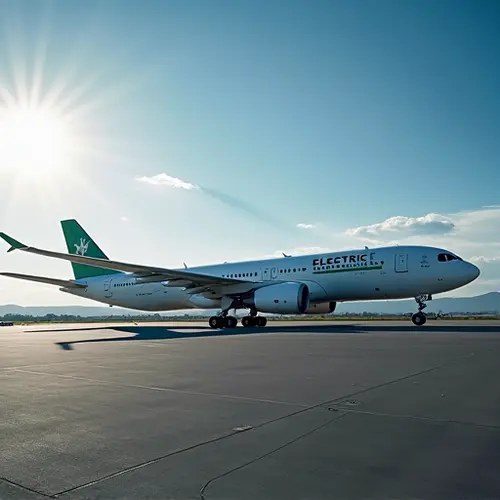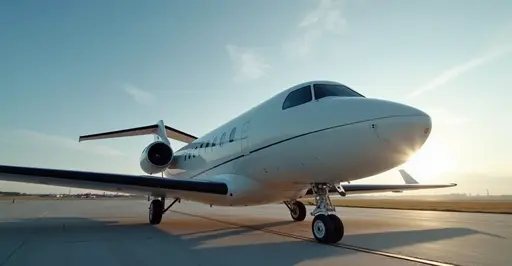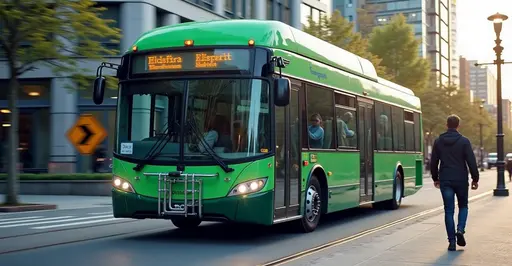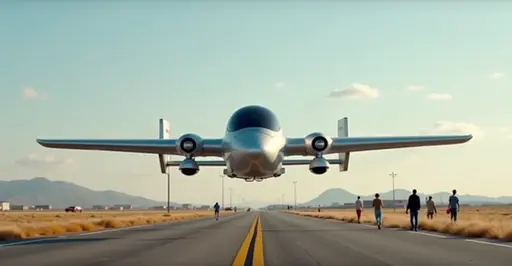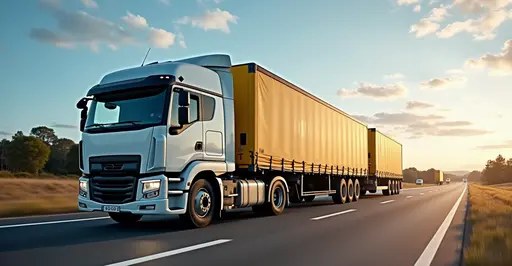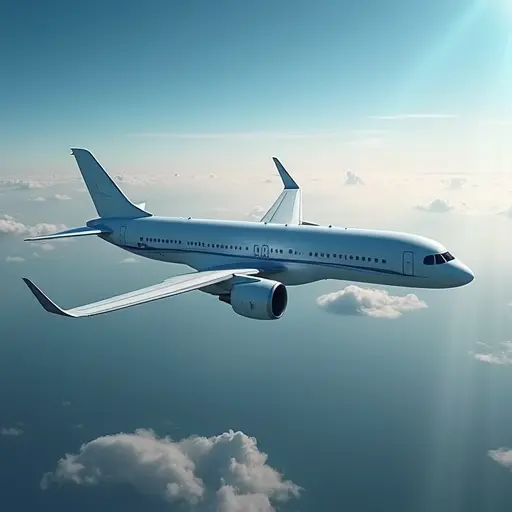
Electric Aviation Industry Gains Flight Clearance
The electric aviation industry has received critical regulatory clearance, paving the way for passenger electric aircraft to enter commercial service within the next two years. This milestone comes as companies like ZeroAvia and Eviation achieve certification milestones for their electric propulsion systems.
Breakthrough Certification
ZeroAvia recently received an FAA G-1 issue paper for its 600kW electric propulsion system, establishing the certification basis for its technology. This system powers the Jetcruzer 500E, a six-seat hydrogen-electric aircraft targeting 2028 entry into service. "Our deep vertical integration in powertrain development is paying off," said ZeroAvia's Chief Business Officer Sergey Kiselev.
Industry Momentum
The electric aircraft market has grown exponentially, with nearly 100 designs under development worldwide. Major players include:
- Eviation's all-electric "Alice" commuter plane
- Heart Aerospace's ES-19 regional aircraft
- Lilium's electric vertical takeoff jet
These developments follow Solar Impulse 2's historic solar-powered circumnavigation in 2016, proving long-distance electric flight viability.
Technology Advances
Modern electric aircraft use two primary systems:
- Battery-electric systems for short flights
- Hydrogen fuel cells for longer ranges
ZeroAvia's propulsion center in Everett, WA produces components for both approaches. The company has already tested prototypes aboard Dornier 228 aircraft, accumulating valuable flight data.
Environmental Impact
Electric aircraft promise zero emissions and significantly reduced noise pollution. According to industry projections, they could reduce aviation's carbon footprint by up to 30% on regional routes by 2035. Airlines including United and Cape Air have already placed orders for electric aircraft to meet sustainability targets.

 Nederlands
Nederlands English
English Français
Français Deutsch
Deutsch Español
Español Português
Português



